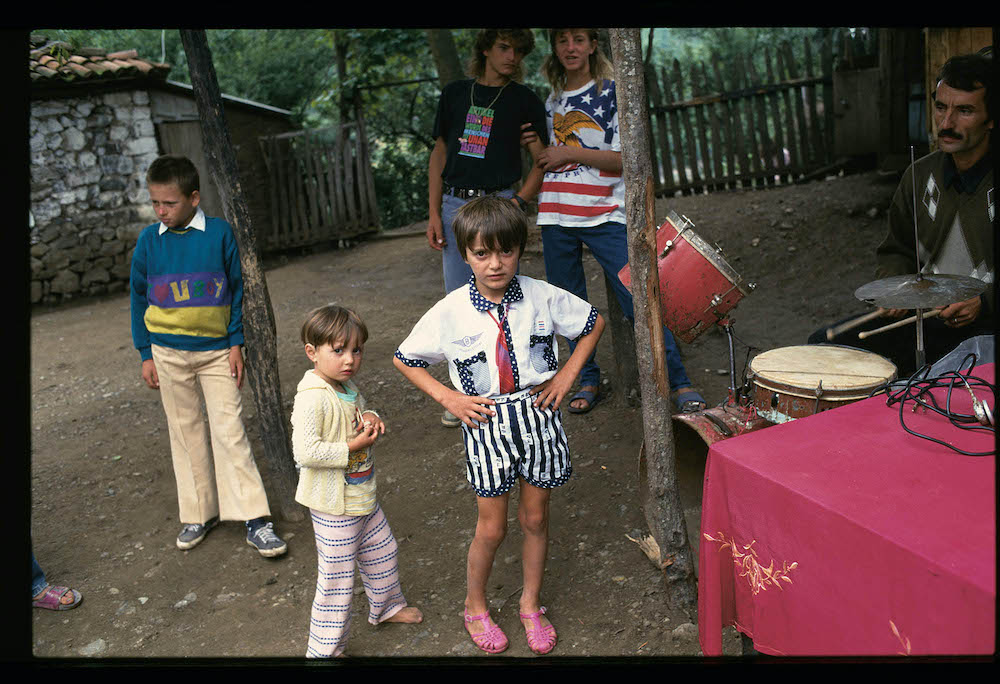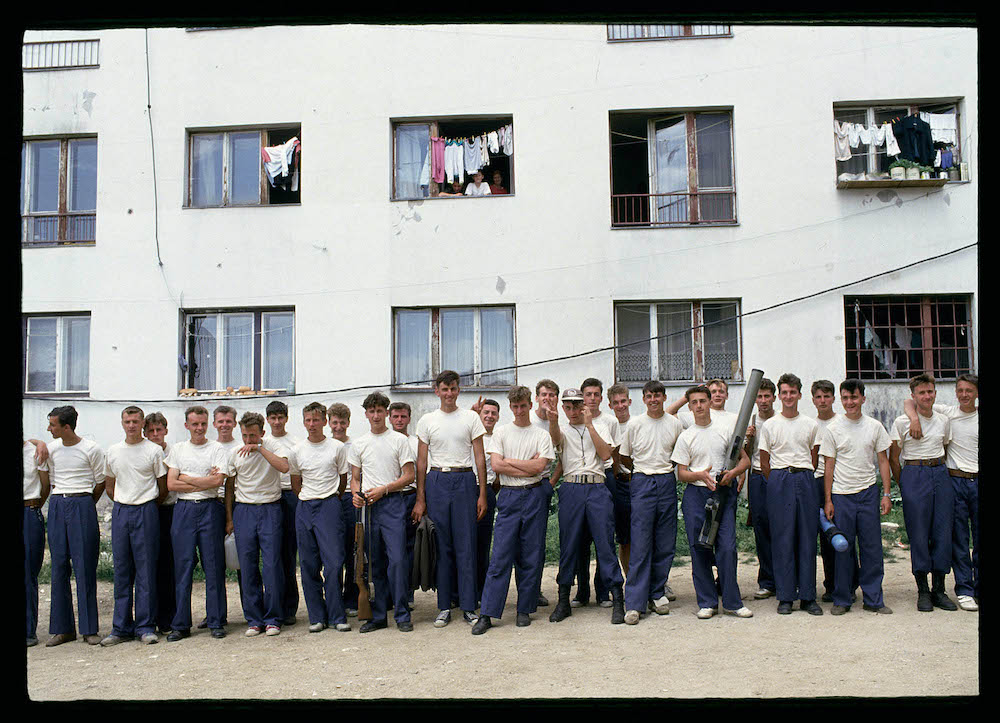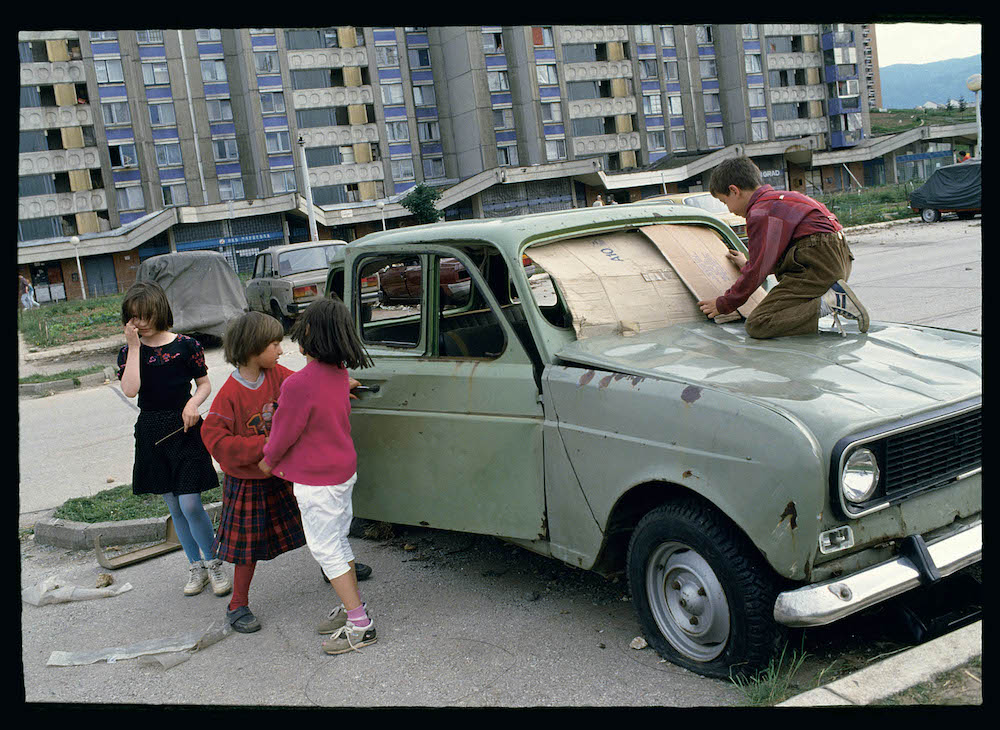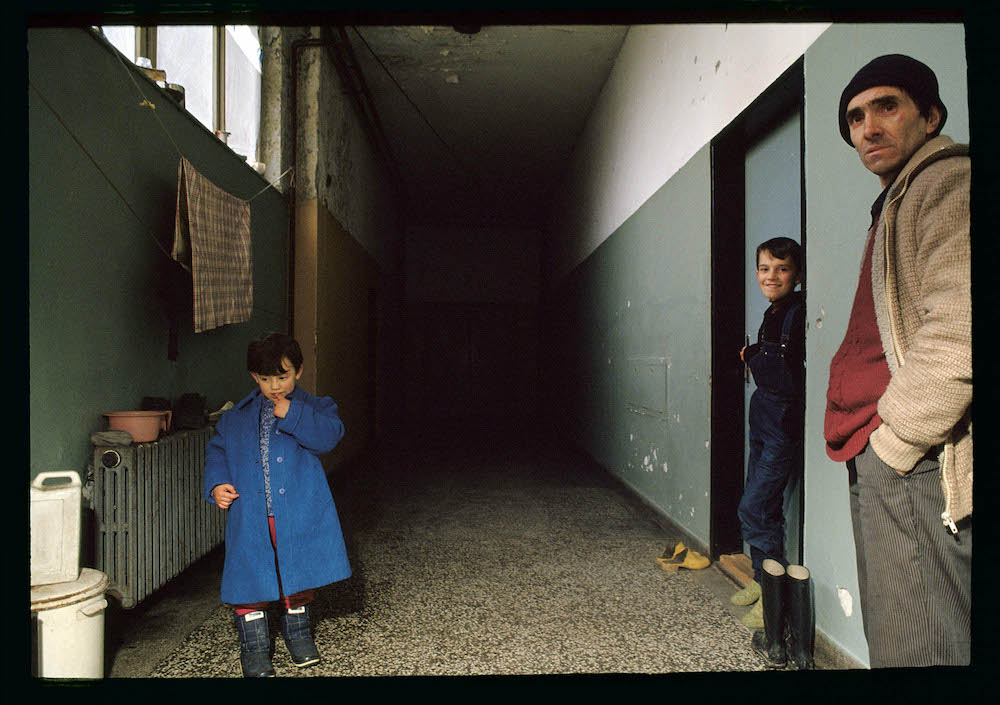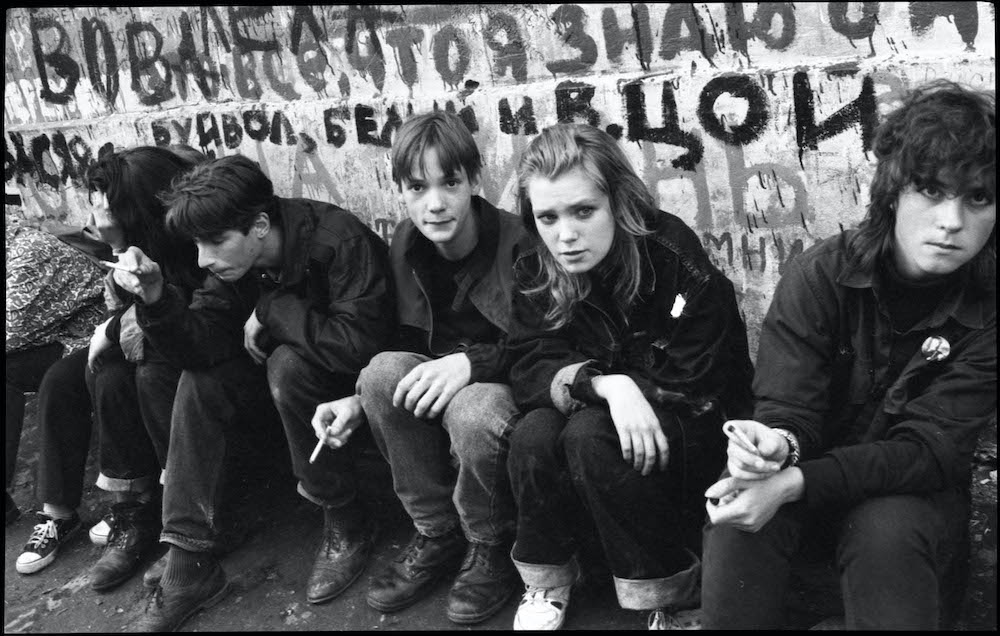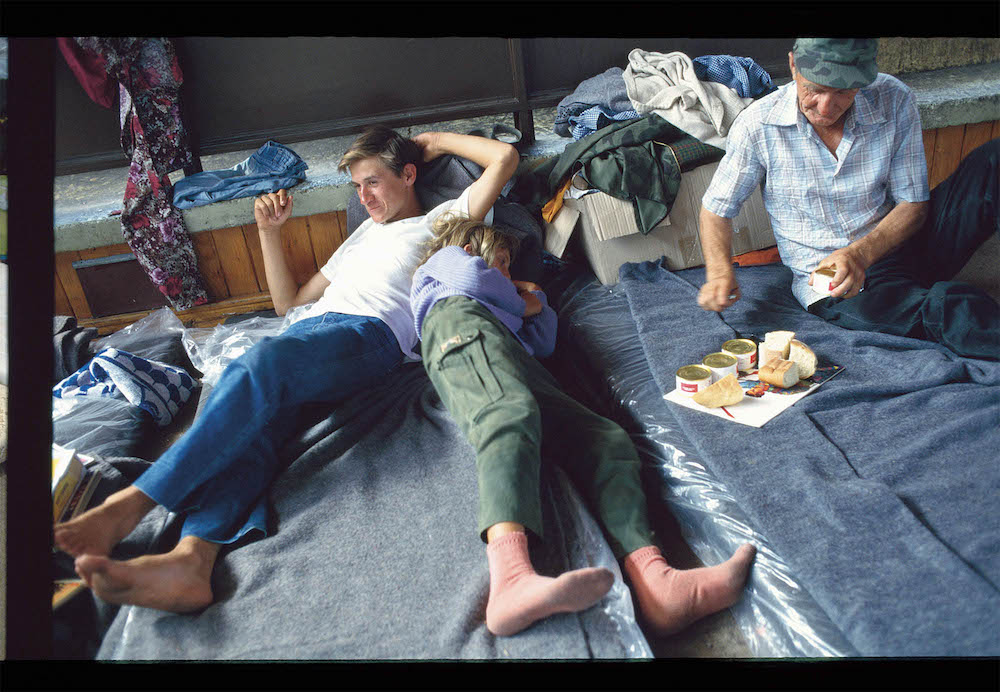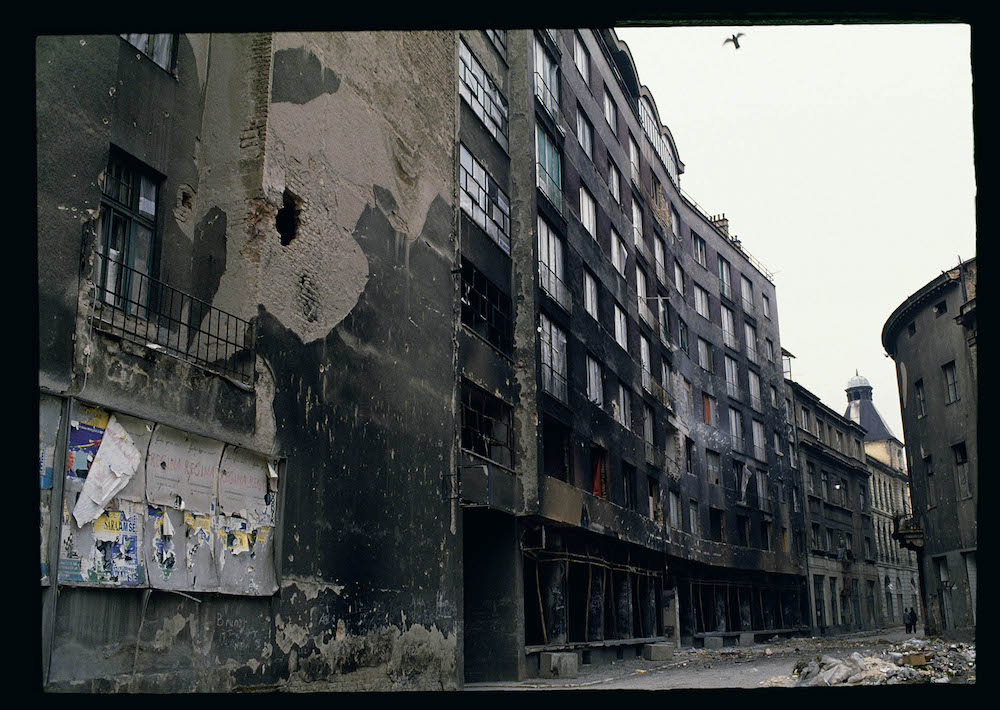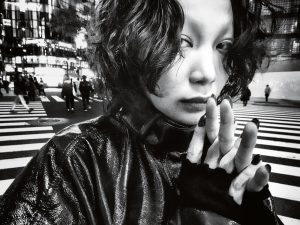Robin Graubard’s debut book is a stark documentation of Eastern Europe following the dissolution of the USSR
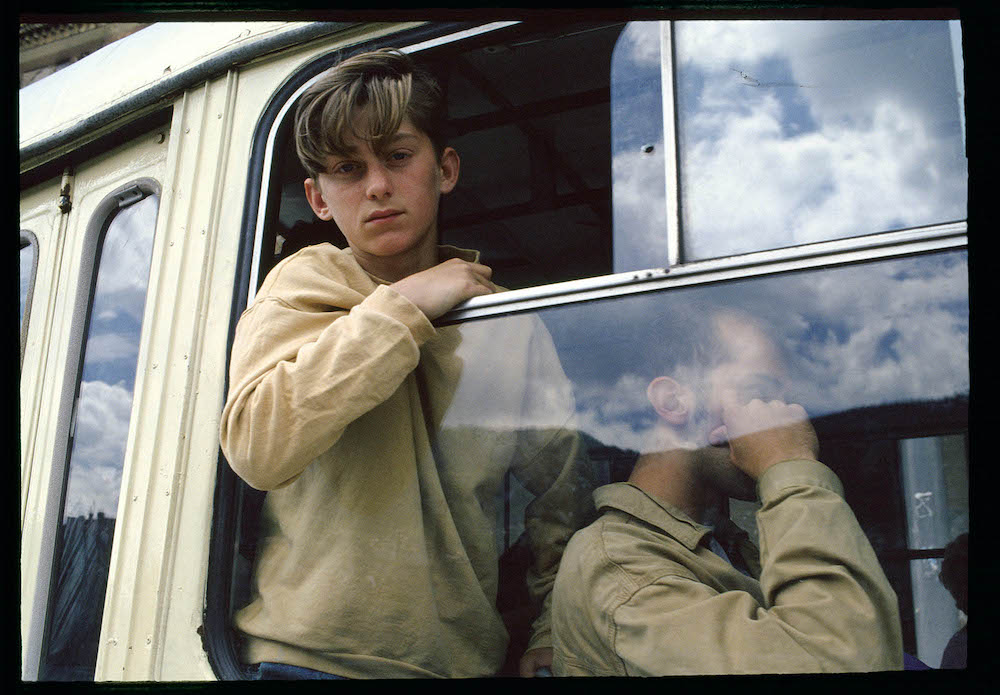
Besides the long, paisley dresses and other vintage fashions, there really isn’t much dissimilarity between today and the events documented in Robin Graubard’s Road to Nowhere. The first major book of the photographer published by Loose Joints, Road to Nowhere is a stark documentation of Eastern Europe during the 90s following the dissolution of the USSR, conceived through a diaristic manner in which Robin bore witness to the Yugoslav War, Bosnian genocide and Kosovan uprising. She journeyed to Russia, Czechoslovakia, Bulgaria, Serbia, Bosnia and others, lensing and telling stories of hardship, suffering, war and hunger. And what with Russian invasion of Ukraine and ongoing conflict in Afghanistan, these pictures show that history does indeed tend to repeat itself.
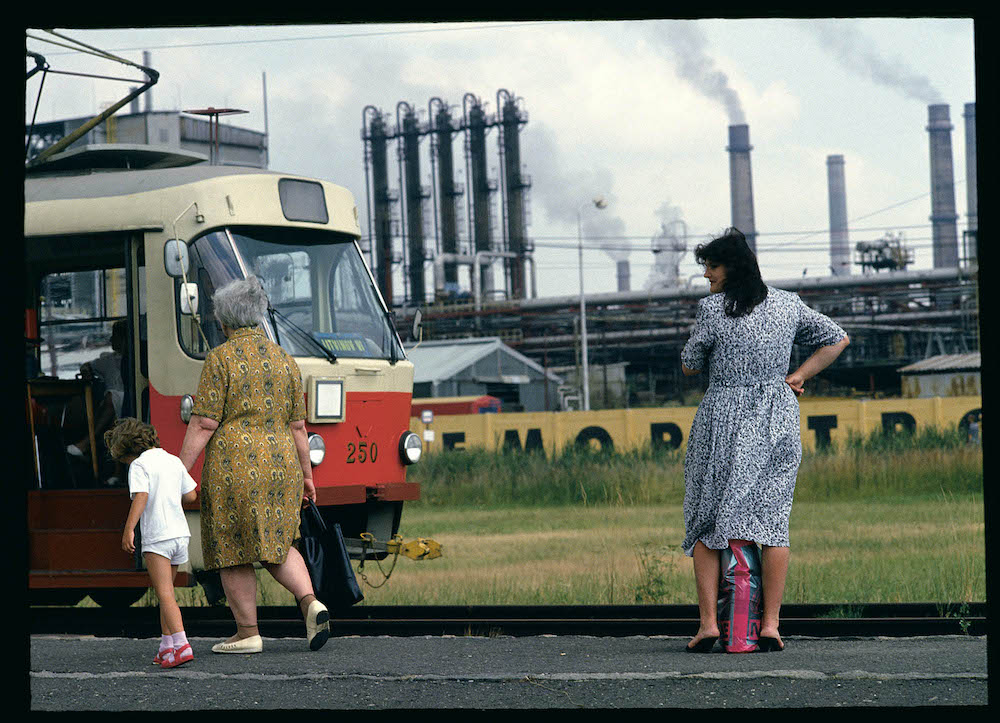
Road to Nowhere features primarily unseen imagery shot over the 90s, yet the visuals themselves appear timeless – they could have been taken yesterday, just a few years back or even decades. She worked solo and sought out stories that were close to her heart, revealing the difficulty of these lived experiences and powerfully juxtaposing them with the emerging subcultures of post-Soviet life, such as those seeking joy and normalcy amongst it all. Chores, games or dancing at a concerts are therefore comparatively sequenced alongside the deteriorated urban landscapes and buildings impacted by shelling. It’s a devastating depiction of conflict, but equally one of resilience.
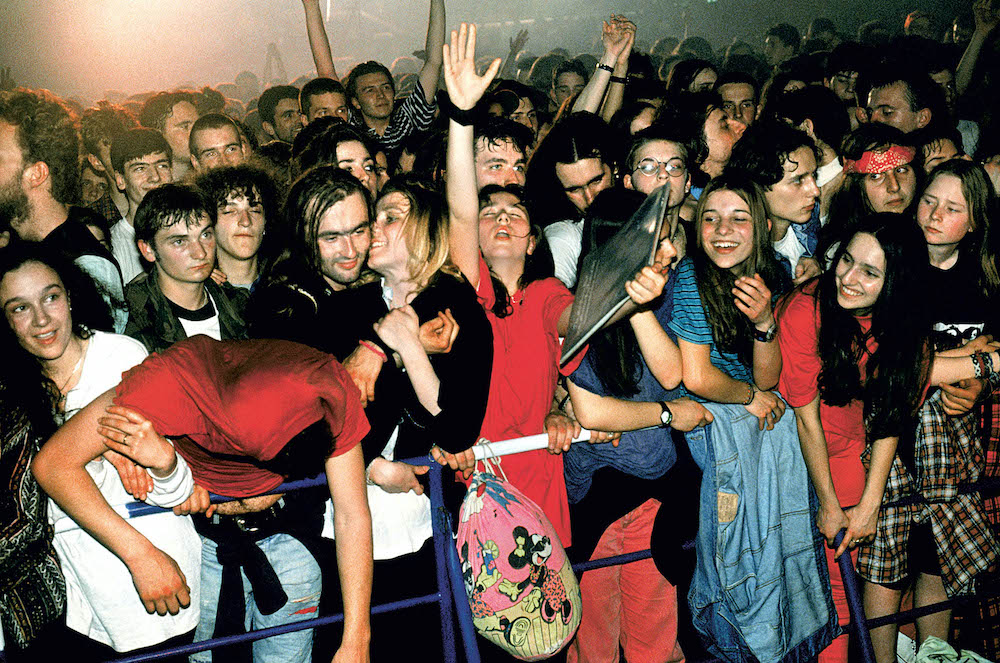
With a career spanning 40 years, Robin’s work is often seen merging the autobiographical, editorial and documentary. She came of age in the counterculture and punk scenes of the 60s and 70s in New York, set against the urban backdrop of revolt and rebellion. She worked as a photographer at a newspaper; there was a strike and it was shut down. Consequently she bought a flight to Prague and met a group of women outside a UN building, who were discussing how no one was covering the war in Sarajevo. Receiving the press credentials from Newsweek, she set up base in Prague and stayed for three years.
“I photographed the war in Yugoslavia, oil smuggling in Rumania, runaways and orphans living in train station tunnels in Bucharest, and a school for girls in Prague,” she writes in the book. Proceeding to travel alone throughout the Balkans, she’d met families, lovers, translators, bus drivers and soldiers. In Belgrade during 1995, for instance, she spoke with a group of soldiers, some “dogs of war” who were the “most elite Serb and Russian mercenary soldiers on the front line”, she writes. “They seemed young and bedraggled.” She spent time photographing them and they were posing with peace signs. “Most of the soldiers in the picture died during the war.”
Robin was often on the front line and at the heart of conflict. Not only did she experience heavy shelling at night in her apartment while in Sarajevo, she also had a near miss when a bullet shot past her head during check in. “The man at the front desk seemed to be in some sort of trance and just ignored it,” she pens. On one occasion, she was walking to the hospital in Sarajevo through what was sniper alley, accompanied by a translator who’d been shot four or five times. Usually walking around on foot through Sarajevo, Robin recalls, “Somehow, I made it out”.
An impactful debut from the photographer, Road to Nowhere sees 130 photos compiled over 228 pages. The book is published by Loose Joints.
